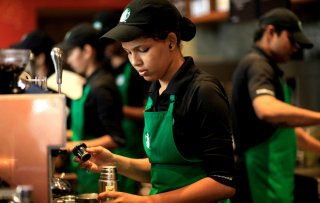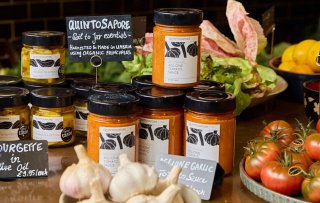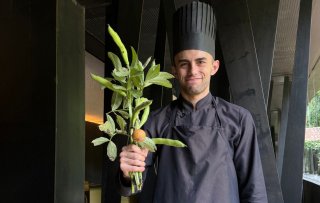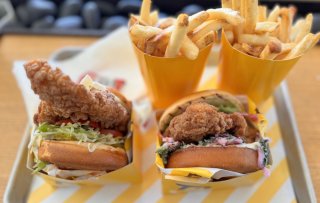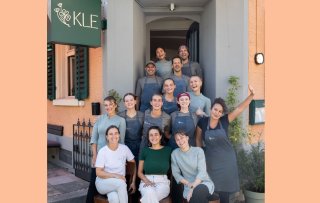Everyone needs to eat, and we have used this universal constant as a cultural touchstone for all of our history.
In the last several hundred years, however, another constant has been steadily inserting itself into our lives: technology. In our exponential age technology is inescapable and omnipresent. It seems strange, then, that food and technology are still such separate spheres of influence. Food is mostly an offline endeavor, personal instead of universal. To safeguard the future of our food system, however, that is likely to change. We don’t just need an Internet of Things, we need an Internet of Food.
Our food is nearly limitless
The potential of this kind of far-reaching integration of technology and our food is nearly limitless. It goes far beyond being able to meet the production quotas required for the growing global population, far beyond even abolishing harmful pesticide or fertilizer use.
Thanks to modern technology
Big data has proved its efficacy in many areas. From marketing to sports to behavioral science, information is everything. So why should food be any different? It shouldn’t, according to many initiatives like AeroFarms in Newark, NJ. AeroFarms is pioneering a new generation of urban farms
A system like AeroFarms uses up to 95% less water than traditional field farming, but even those traditional field farms benefit from the connectivity that comes with an Internet of Food. By equipping cattle with sensors, for example, farmers will be able to tell which areas of their field have been naturally fertilized and only apply – carefully calibrated and consistent – fertilizer to the areas that need it. They can also use the same technology to remotely monitor the cattle’s health, fitness, and determine optimal breeding times.
Freedom of choice
Chefs, too, stand to benefit from an Internet of Food. In the current system many chefs are (willingly) limited by seasonality. Different ingredients grow at different times, after all. Nature does as nature wills, but if we can mimic the ideal natural conditions for seasonal ingredients in a closed, controlled system, then all bets would be off. Summer vegetables could easily grow in the heart of winter then, and ingredients that only grow in specific regions of the world would be available everywhere. Ensuring quality would be a breeze because the sensors would allow us to contrast and compare every fiber in every root.
Do you want to read the darker side of this story? Now in the new Food Inspiration Magazine: The Internet of Food.
.png-28x28.png) Written by
Written by .png-1600x900.png)
(1).png)













